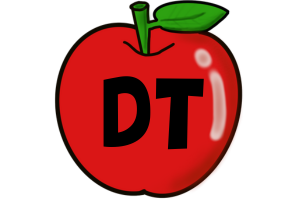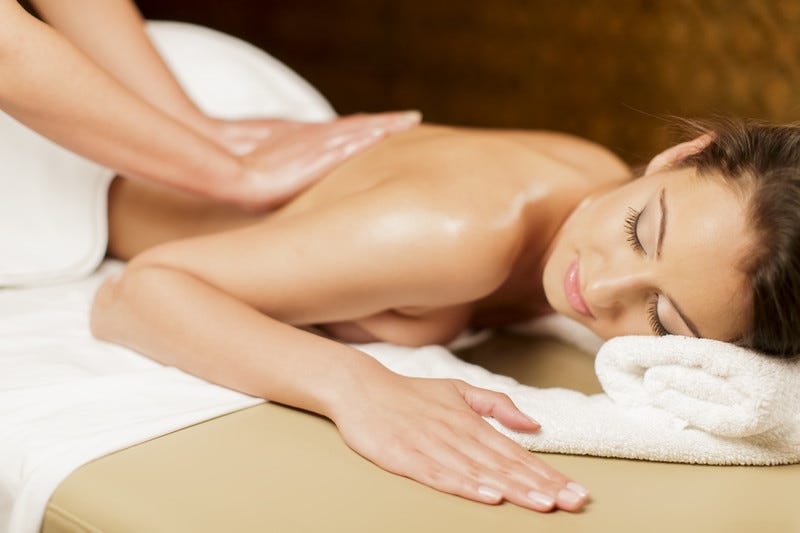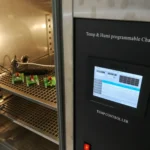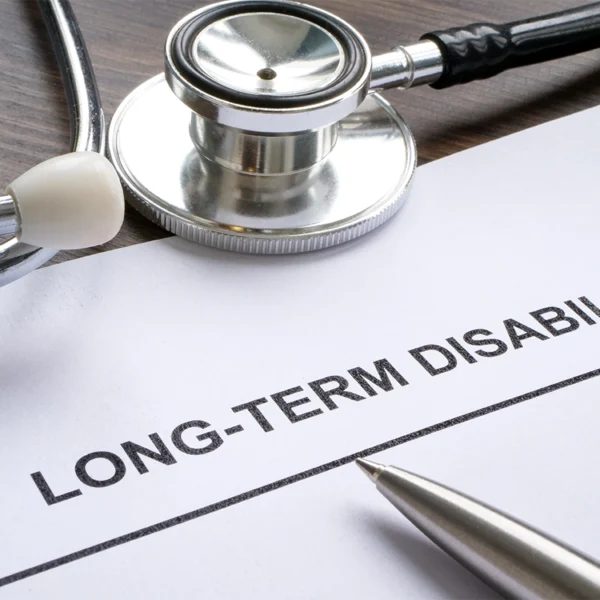Preparing for a massage is an essential step in ensuring you receive the maximum benefits from your session. Whether you are a first-timer or a regular client, understanding how to get ready for a massage can enhance your overall experience and allow you to fully relax and rejuvenate. Proper preparation involves both physical and mental aspects, allowing you to enter the session with the right mindset and body condition. By following some simple tips and tricks, you can make the most out of your massage therapy and leave feeling refreshed and revitalized.
The environment will make all the difference
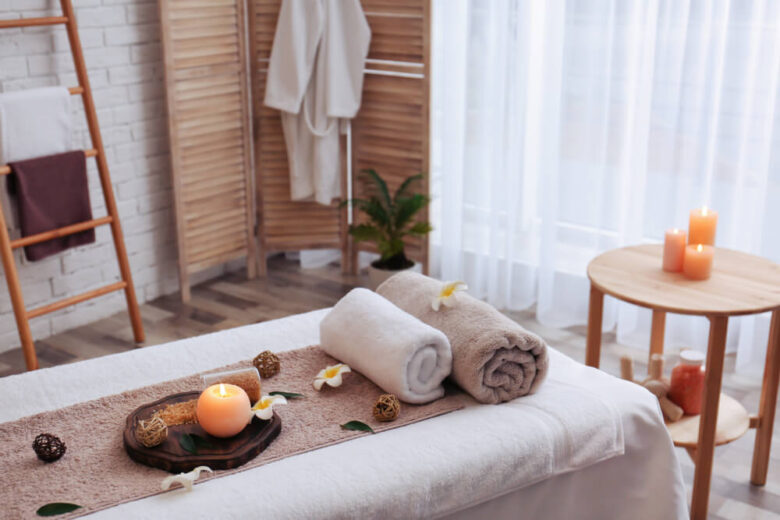
Creating a calming environment before your massage can help you enter a relaxed state of mind and body. Consider arriving at the massage facility a little earlier than your scheduled appointment to allow yourself time to unwind and acclimate to the setting. This extra time can be used to fill out any necessary paperwork, visit the restroom, and mentally prepare for the session. Many massage facilities offer a relaxation area where you can sit quietly, perhaps sipping on a herbal tea, allowing your mind to let go of daily stresses and prepare for relaxation.
Wearing comfortable clothing is also important, as it helps facilitate relaxation before and after the session. Loose-fitting garments are ideal, as they prevent any restrictions on movement and allow you to easily change in and out of attire when necessary. Additionally, consider leaving your jewelry and valuables at home to avoid any distractions or concerns during the massage. If you have any specific preferences regarding the massage environment, such as lighting, music, or room temperature, communicate these to your therapist so that they can create a setting tailored to your comfort and relaxation.
Proper physical preparation can change the effects of the therapy
Proper physical preparation can enhance the effectiveness of your massage therapy. One of the key aspects of preparing physically is to stay hydrated. Drinking plenty of water before your session helps keep your muscles and tissues hydrated, making them more pliable and responsive to the therapist’s techniques.
You can reach out to services like Makangs to best prepare for services including Gyeongju massage (경주마사지). Ensuring that you talk to your therapist is a must to know how to best prepare for the session. Proper hydration also aids in flushing out toxins released during the massage, promoting a more thorough detoxification process and minimizing post-massage soreness.
Eating a light meal before your massage is recommended, as this ensures you have enough energy for the session without feeling overly full or uncomfortable. A meal rich in proteins, carbohydrates, and healthy fats provides the necessary nutrients to support muscle function and recovery. Avoid consuming heavy or greasy foods, as these can lead to indigestion and discomfort during the massage.
Engaging in gentle stretching exercises or light physical activity before your massage can help warm up your muscles and improve circulation, making the massage more effective. This preparation primes your body for the session, allowing the therapist to work more deeply into your muscles and tissues without causing discomfort. Stretching also helps identify areas of tension or stiffness, which you can discuss with your therapist to ensure those areas receive special attention during the massage.
Always talk to your therapist before the session
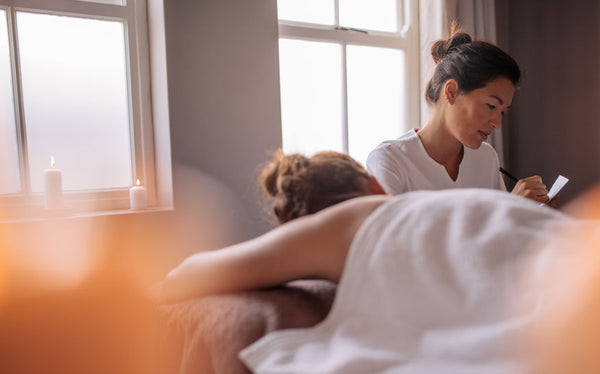
Open communication with your massage therapist is crucial for a successful session. Before the massage begins, take the time to discuss any specific concerns, preferences, or areas of discomfort with your therapist. This dialogue helps them tailor the massage to your individual needs and ensures you receive the most benefit from the session. If you have any medical conditions, recent injuries, or allergies, it is important to inform your therapist so that they can adjust their techniques and products accordingly.
Throughout the massage, feel free to provide feedback to your therapist regarding the pressure, technique, or focus areas. A skilled therapist will welcome your input and make adjustments as needed to ensure your comfort and satisfaction. Remember that each person’s tolerance for pressure is different, and what feels good to one person may not be suitable for another. By communicating openly with your therapist, you can create a collaborative experience that meets your expectations and addresses your needs.
Understanding the different types of massages available and selecting the one that aligns with your goals is also important. Whether you are seeking a relaxation massage, deep tissue therapy, or sports massage, communicating your preferences to the therapist ensures that they use the appropriate techniques and pressure levels to achieve your desired outcomes.
Focus on relaxing your mind as much as you relax your physique
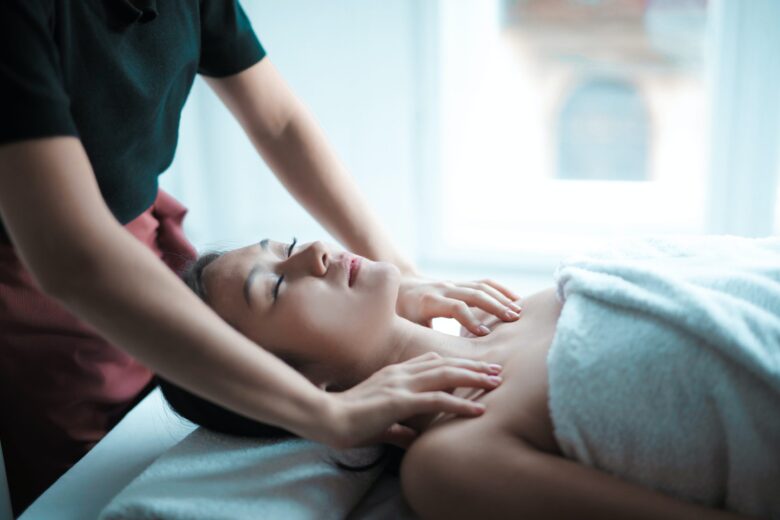
Mental preparation is just as important as physical preparation when it comes to maximizing the benefits of a massage. Taking the time to clear your mind and focus on the present moment allows you to fully immerse yourself in the experience. Practice mindfulness and deep breathing exercises before your session to calm your mind and reduce stress. Focusing on your breath and being present in the moment helps you let go of any tension or anxiety, creating a serene mindset that enhances relaxation.
Visualization techniques can also be helpful in preparing for a massage. Imagine yourself in a peaceful setting, such as a beach or forest, and visualize the stress and tension leaving your body. This mental imagery can help you achieve a deeper state of relaxation and prepare you to receive the healing benefits of the massage.
Setting intentions for the massage session can also enhance your mental preparation. Reflect on what you hope to achieve from the massage, whether it is relaxation, pain relief, or increased flexibility. By setting clear intentions, you can align your mindset with your goals, creating a more focused and purposeful experience.
Preparing for a massage involves a combination of physical and mental strategies that contribute to a more effective and enjoyable session. By setting the stage for relaxation, engaging in physical preparation, communicating with your therapist, and focusing on mental relaxation, you can maximize the benefits of massage therapy and leave feeling rejuvenated and refreshed. Understanding the importance of preparation allows you to approach each session with a clear mind and a relaxed body, ensuring that you receive the full range of therapeutic benefits. Through thoughtful preparation and open communication, you can create a massage experience that enhances your well-being and supports your overall health.
